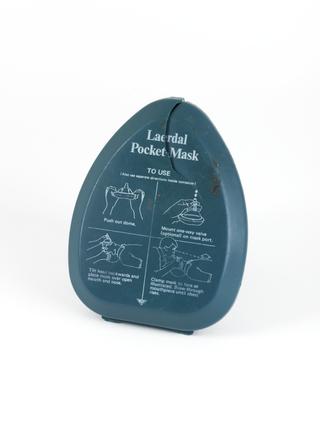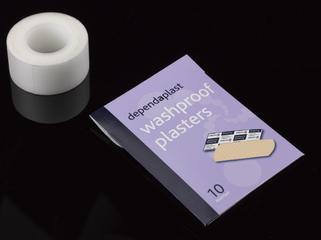Glass thermometer from Shackleton's medical kit
Glass thermometer in metal case, by Burroughs Wellcome and Co. England, from Sir Ernest Shackleton's medical kit, 1907
More
This thermometer was part of the kit used by Sir Ernest Shackleton (1874-1922), a British explorer, during his 1907-1909 expedition to the Antarctic, which was his first attempt to locate the South Pole. Although he was unsuccessful, he did map some of the area extensively.
Also inside the kit bandages, plasters, safety pins and medical treatments of the day, including soda mint and cascara sagrada tablets (laxatives). Also paregoric tablets, a pain reliever made from an alcoholic preparation of opium.
Medical equipment, first aid kits and medicine chests like this one were made by Burroughs, Wellcome & Co and given to influential people and explorers in an attempt to advertise the product.
- Materials:
- case, metal, nickel plated , thermometer, glass and mercury
- Object Number:
- A700031 Pt1
- type:
- thermometer






